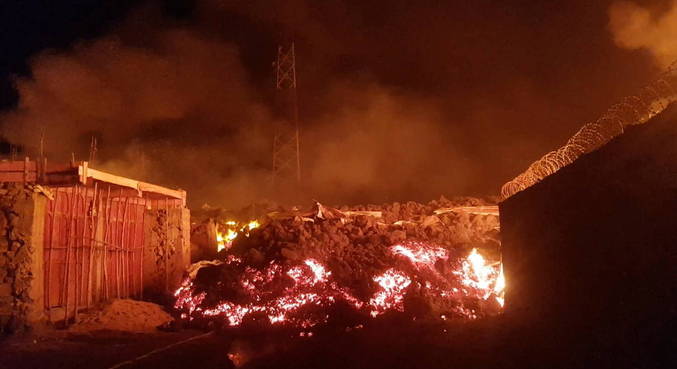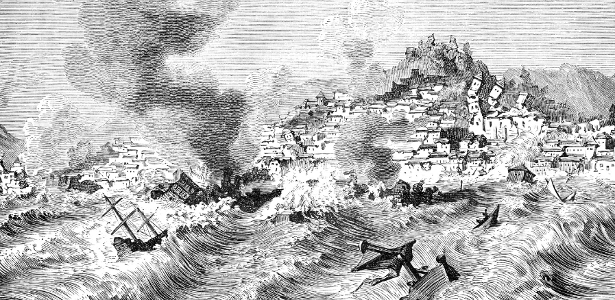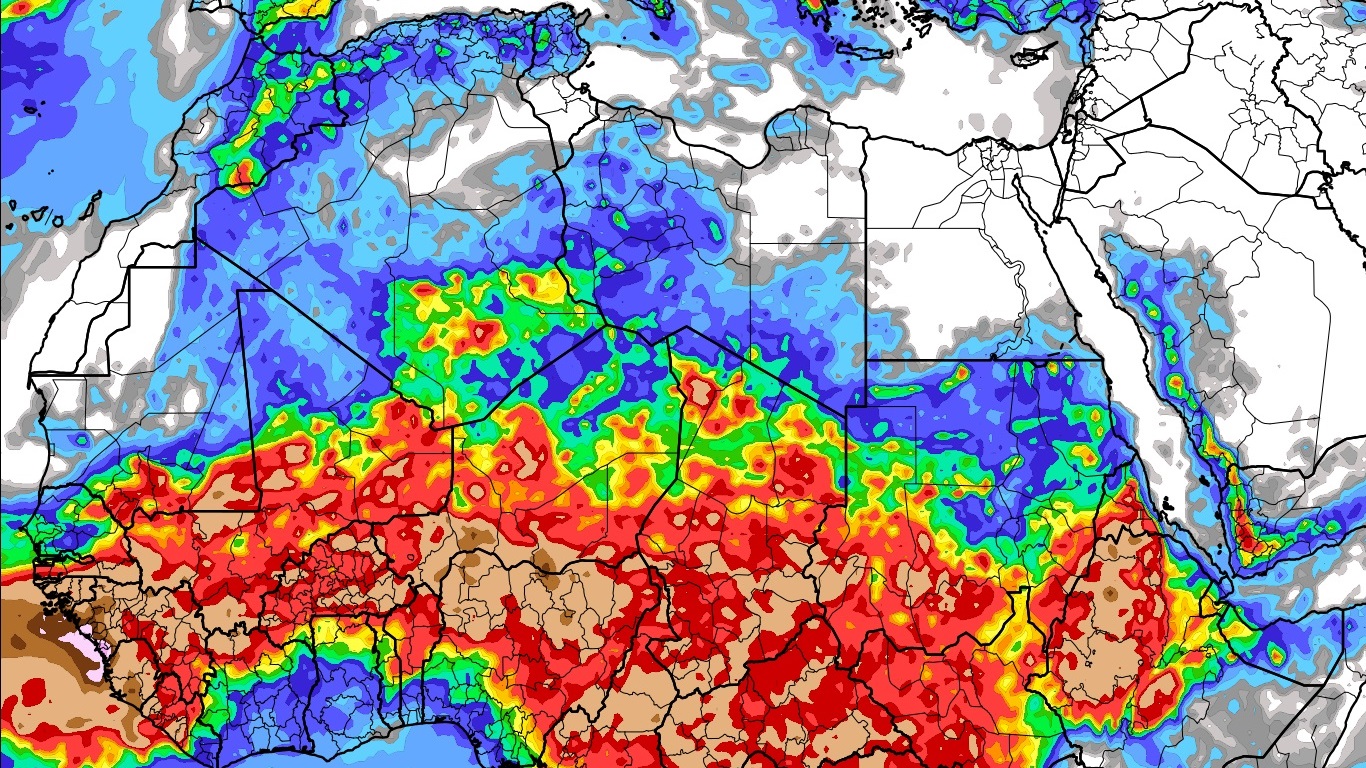
The city of Goma, in the eastern Democratic Republic of the Congo, has “saved” itself from lava Nverragongo volcano, which erupted on Saturday night (22).. So far, authorities in the region have confirmed 5 deaths.
“The lava stopped in the direction of Bohini on the outskirts of Goma … the city was saved,” said General Constant Ndima, noting that “a temporary number of five were killed” in accidents during the evacuation of residents.
Agence France-Presse journalists confirmed Sunday that the mighty river stopped its advance at night and was frozen in the Bauhiné neighborhood, which represents the northeastern border of Goma, where residents fear a new eruption of the volcano.
From the front of the lava, strong and unstable flames and fumes were emitted.
In its advance, lava engulfed many homes, it is possible to see twisted and charred iron.
The lava stopped moving hundreds of meters from Goma airport, as the planes were evacuated at night, as all flights were canceled for the day, according to an airport source.
Small earthquakes
Residents have felt about ten small earthquakes in Goma since dawn.
“Local authorities who monitored the evolution of the volcano’s eruption during the night reported that the lava flow had lost its intensity with some earthquakes,” Communications Minister and government spokesman Patrick Moya said on Twitter.
“The assessment of the humanitarian situation is ongoing, and other contacts will follow during the day,” he added.
Nyiragongo volcano, whose majestic dark slopes dominate Goma and the entire Lake Kivu, erupted on Saturday night, surprising everyone, including the authorities, who had to order the evacuation of the city shortly thereafter.
“The sky has turned red. There is a smell of sulfur. In the distance you can see giant flames rising from the mountain,” a resident told AFP.
Tens of thousands of people fled to a border point near Rwanda, south of Goma, southwest of the city, towards the Masisi region.
In Rwanda, thousands of people were peacefully received, directed and organized by the authorities.
The previous major eruption of Nyiragongo volcano dates back to January 17, 2002, which killed more than 100 and covered nearly all of eastern Goma in lava, including half of the airport runway.
At that time, lava entered the city and flowed into Lake Kivu.
Two rivers of lava were seen on Saturday night, one descending eastward, in populated but not urban areas, towards the border with Rwanda.
The other river was flowing slowly southward until it reached the point of Goma. On the way, lava swept through several villages.
‘Concerned Population’
Hundreds of spectators approached the lava front that stretched as far as the eye could see, and filmed with their cell phones.
The most daring took a few quick steps over the rising lava.
“People are slowly returning to their homes,” said a neighbor. “It’s very calm at the moment.”
“But the residents are still afraid,” he added. “The matter has not been settled, because the authorities have not contacted this morning.”
The situation was relatively calm in Goma. Residents, on the street or in front of their homes, noticed the volcano and talked amongst themselves.
Goma, the regional capital of North Kivu, a contested province bordering Uganda and home to several armed groups, has a population of nearly 600,000.
The city is home to a large collection of blue helmets and many employees of Monusco, the United Nations mission in the country. It is also the basis of many non-governmental organizations and international organizations.
The Goma region is an area of intense volcanic activity, with six volcanoes, including Nyiragongo and Nyamuragira, very close to each other and measuring 3,470 and 3,058 meters, respectively.
The deadliest eruption of the Nyiragongo in 1977 killed more than 600 people.
In these two volcanoes, volcanic eruptions are frequent but “smooth,” with lava flows flowing on either side of them. It happened in 2002.

“Proud explorer. Freelance social media expert. Problem solver. Gamer.”






